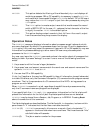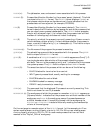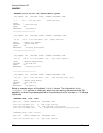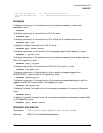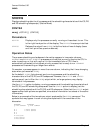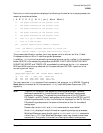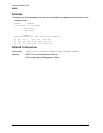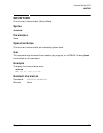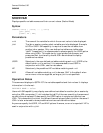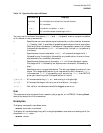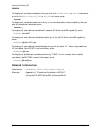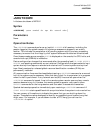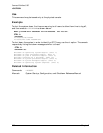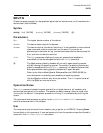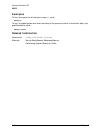
604 Chapter 7
Command Definitions S-SO
SHOWVAR
SHOWVAR
Displays specific variable names and their current values. (Native Mode)
Syntax
SHOWVAR[ varid] [ ,varid] ... [ ,varid]
[job= jobID]
[;USER | HP | ANY]
Parameters
varid The name of the variable for which the current value is to be displayed.
jobid The job or session number who’s variables are to be displayed. Example:
#J123 or S4321. SM capability is required to see the variables from
another job or session. Only user-defined variables are visible when
“jobID” is specified. It is recommended to always specify the USER option
when using JOB=. This adds clarity to scripts and job streams, and
preserves their functionality should JOB= be enhanced to display
predefined variables.
USER Selects only the user-defined variables matching each varid. USER is the
default when varid is omitted. It is recommended to use USER in
conjunction with JOB=, see the note above.
HP Selects only the predefined HP variables matching each varid.
ANY Allows all variables matching varid to be seen. ANY is the default when
one or more varids are supplied, as long as jobid is not specified>
Operation Notes
This command displays to $STDLIST the variables specified and their values. It displays
information in the format :
VARIABLE NAME = value.
Users with SM capability may display user-defined variables for another job or session by
using the JOB= parameter. If jobid matches the job ID of the user execuiting the command
no restrictions are placed. Plaese specify the USER option in scripts and jobs that use
JOB=. This documents the intent, and allows these scripts and jobs to function the same if
JOB= is later enhanced to show predefined and use user-defined variables.
Anyone can specify the USER, HP and ANY options. However, an error is reported if HP is
used in conjunction with a jobid.



